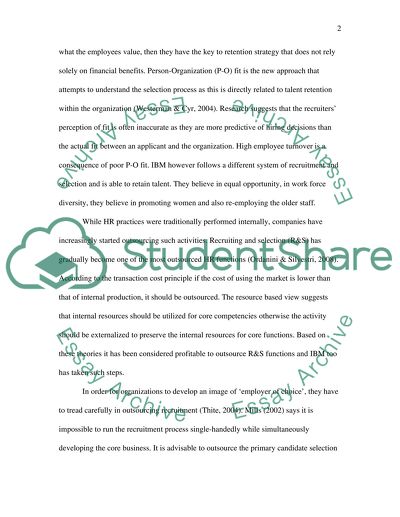Cite this document
(Human Capital as the Source of Innovation in International Business Case Study, n.d.)
Human Capital as the Source of Innovation in International Business Case Study. Retrieved from https://studentshare.org/human-resources/1519191-human-capital
Human Capital as the Source of Innovation in International Business Case Study. Retrieved from https://studentshare.org/human-resources/1519191-human-capital
(Human Capital As the Source of Innovation in International Business Case Study)
Human Capital As the Source of Innovation in International Business Case Study. https://studentshare.org/human-resources/1519191-human-capital.
Human Capital As the Source of Innovation in International Business Case Study. https://studentshare.org/human-resources/1519191-human-capital.
“Human Capital As the Source of Innovation in International Business Case Study”, n.d. https://studentshare.org/human-resources/1519191-human-capital.


